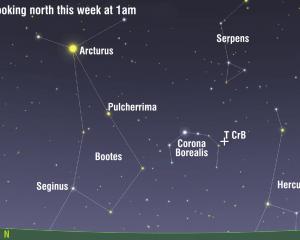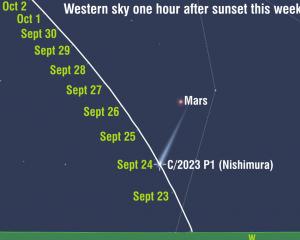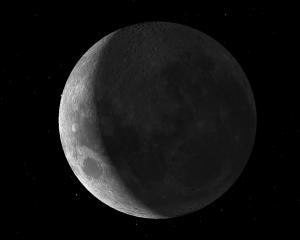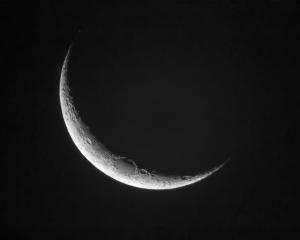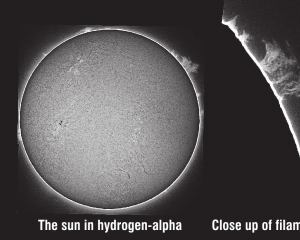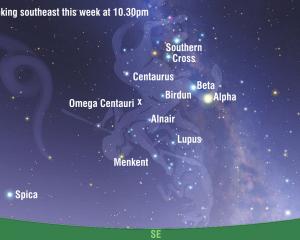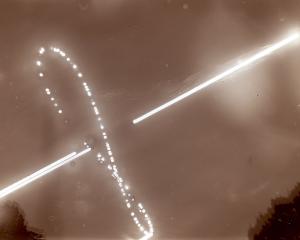This week, I'd like to encourage you to get up early to a plethora of planets on display in the morning sky. With sunrise about 6.45am here in Dunedin, the best time to head out is around 5am, when the sky is still relatively dark.
As our chart shows, Friday morning is a great time to head out, because the waning crescent moon will be between Jupiter and Mars. Jupiter will be an unmistakably bright object above the moon in the constellation Libra. The somewhat dimmer Mars is on the outskirts of Ophiuchus, close to the star Antares (the brightest star in the constellation of Scorpius).
The name ''Antares'' means ''rival of Mars'', because ancient astronomers thought its colour resembled that of the red planet. The star's proximity to Mars in the sky over the next few weeks allows us to make our own comparison of the two objects and it turns out that while their colour and brightness may be similar, pretty much everything we know about them shows them to be very different indeed.
Antares is a huge supergiant star. It is nearly 500 times the diameter of the sun, and astronomers estimate its distance to be approximately 550 light years, meaning the light you see when looking at Antares began its journey to your eye in the year 1468. Antares is red because its outer atmosphere is a relatively cool 3200degC.
In contrast, Mars is a relatively small rocky planet. It is just over half the diameter of Earth, and this week is roughly 240 million kilometres away from us, so the light you see when looking at Mars left a little over 13 minutes earlier. Unlike Antares, whose colour is driven by the star's temperature, Mars is red because its surface is covered in rusty iron-rich rocks.
When glancing at the moon, Mars and Jupiter, take a moment to cast your eyes upon Saturn, which, although lower in the sky, is located close to the glorious starfields which form the core of our home galaxy, the Milky Way.

